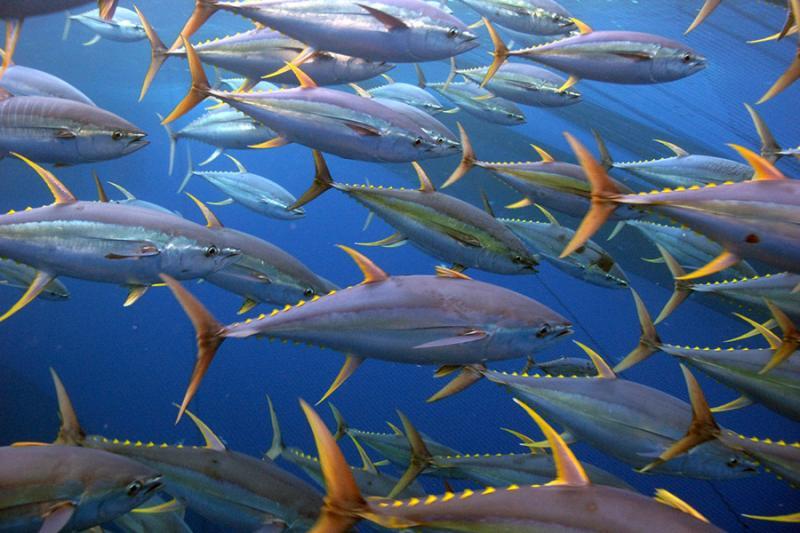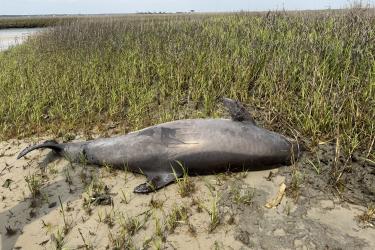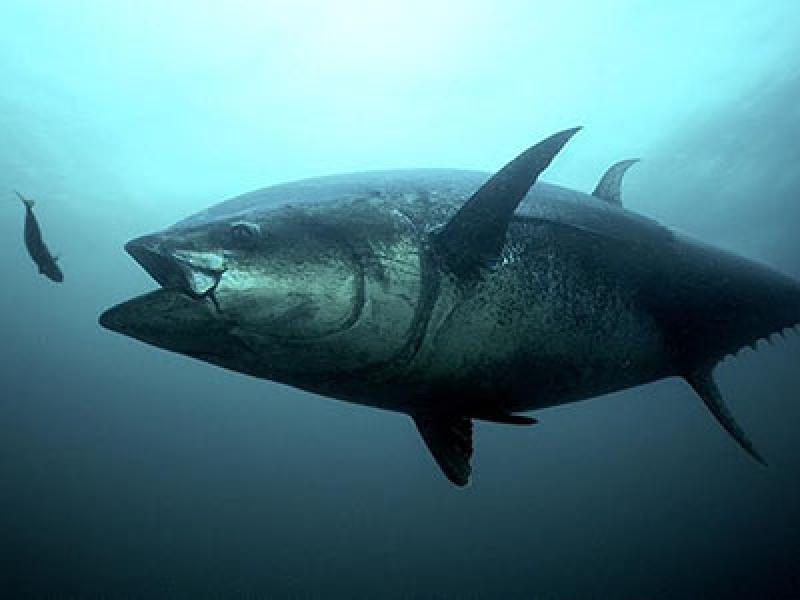May 2 is World Tuna Day—named by the United Nations to highlight the global importance of sustainably managed fish stocks. But at NOAA Fisheries, protecting tuna populations from overfishing while supporting these economically important fisheries is a daily priority.
Tunas are some of the most valuable fish in the Atlantic. In 2022 alone, U.S. commercial fishermen generated an estimated $28.2 million in revenue from five species: bluefin, bigeye, albacore, yellowfin, and skipjack. Recreational tuna fishermen also produce tens of millions of dollars in economic value each year.
To keep tuna stocks sustainable despite this demand, we have since the early 1990s put into effect a range of science-based restrictions and requirements. Together with international fishery management organizations and trade monitoring programs, these measures form one of the most comprehensive and responsive fishery management systems in the world.



